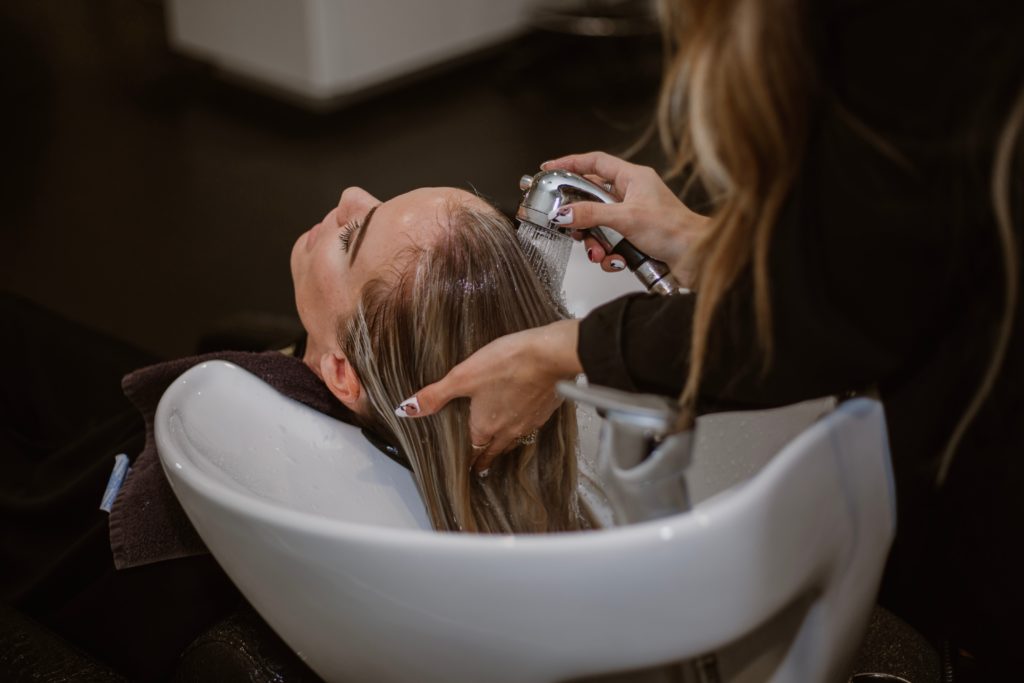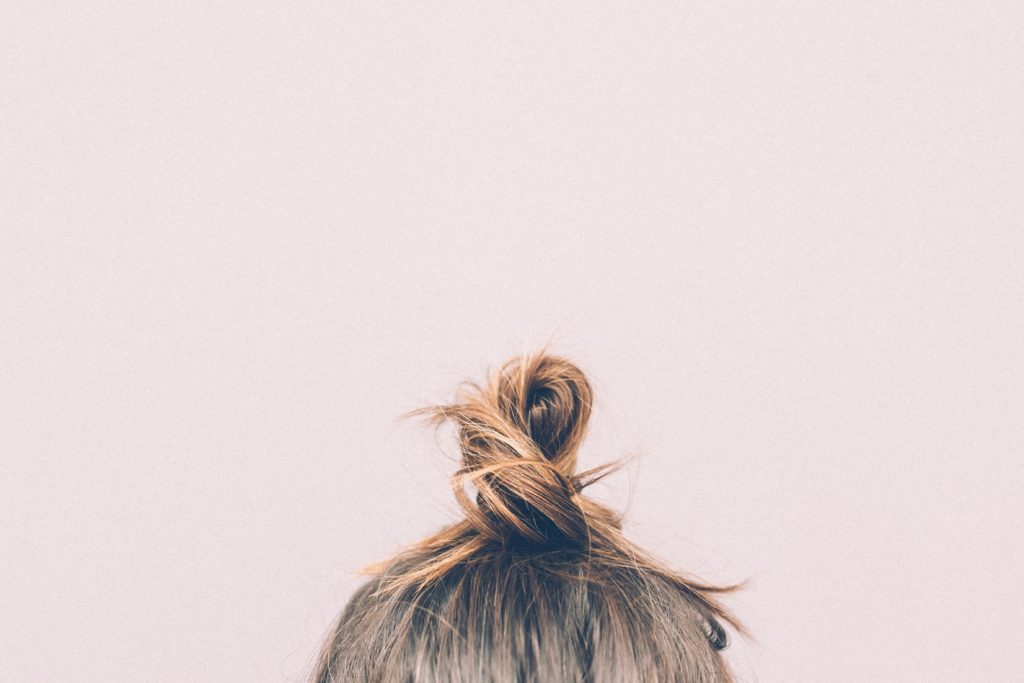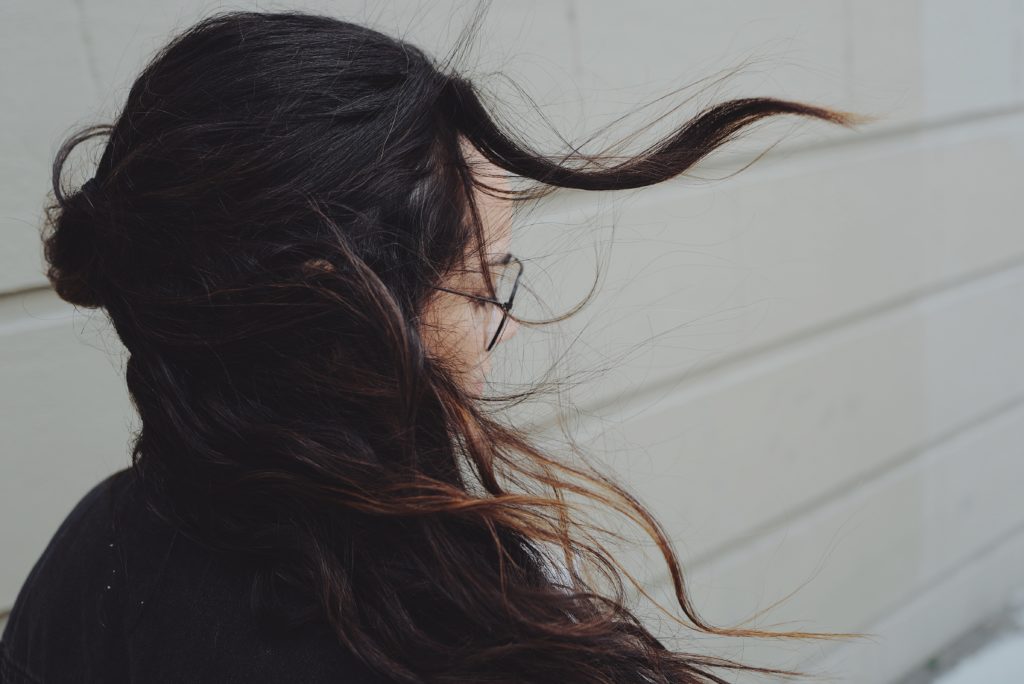There’s something undeniably captivating about the glamour and sophistication of vintage hairstyles. From the sleek finger waves of the 1920s to the voluminous bouffants of the 1960s, these iconic looks have stood the test of time, transcending trends and fads to become timeless classics. But vintage hairstyling is more than just a fashion statement—it’s an art form that celebrates creativity, craftsmanship, and attention to detail.
In this article, we’ll delve into the enchanting world of vintage hairstyling, exploring the techniques, tools, and trends that define this enduring art form.
The Evolution of Vintage Hairstyles
Vintage hairstyles have advanced dramatically over the past century, reflecting changes in fashion, culture, and societal norms. In the early 20th century, hairstyles were often characterized by simplicity and practicality, with women opting for short bobs or long, sleek hair adorned with accessories like cloche hats and headscarves.
As the century progressed, hairstyles became more elaborate and stylized, with the invention of new styling techniques and tools enabling women to experiment with a wider range of looks.
During the 1920s, the iconic flapper hairstyle revolutionized the world of hair fashion, with women embracing short, cropped cuts and embracing the freedom and independence of the Jazz Age.
The 1930s saw the rise of glamorous Hollywood starlets like Jean Harlow and Marlene Dietrich, whose sleek, sophisticated hairstyles became the epitome of elegance and sophistication.
In the 1940s, wartime austerity led to simpler, more practical hairstyles, with victory rolls and pin curls becoming popular among women on the home front. The 1950s ushered in an era of glamour and femininity, with voluminous hairstyles like the beehive and the bouffant dominating the beauty scene.
By the 1960s, hairstyles had become more diverse and experimental, with women embracing bold, avant-garde looks like the mod bob and the Twiggy-inspired pixie cut. Throughout the decades, vintage hairstyles have continued to inspire and influence contemporary hair fashion, proving that classic beauty never goes out of style.
The Techniques of Vintage Hairstyling
Vintage hairstyling is as much about technique as it is about creativity and imagination. From intricate finger waves to perfectly sculpted victory rolls, mastering the art of vintage hairstyling requires patience, practice, and a keen eye for detail. While some styles may seem daunting at first, with the right tools and techniques, anyone can achieve stunning vintage-inspired looks.
One of the most iconic vintage hairstyling techniques is the art of finger waving, which originated in the 1920s and remains popular to this day. Finger waves involve creating S-shaped waves in the hair using your fingers and a comb, resulting in a sleek, sophisticated look reminiscent of Old Hollywood glamour.
Another classic vintage hairstyle is the victory roll, which gained popularity during World War II as a symbol of patriotism and resilience. Victory rolls involve rolling sections of hair away from the face and securing them in place with bobby pins, creating a distinctive, retro-inspired look that exudes confidence and style.
Pin curls are another vintage hairstyling technique that has stood the test of time, with women throughout the decades embracing this versatile and timeless look. Pin curls involve twisting sections of hair into tight coils and pinning them in place to create soft, bouncy curls that add volume and texture to any hairstyle.
The Tools of Vintage Hairstyling
Vintage hairstyling wouldn’t be possible without the right tools and accessories. From classic styling implements like rat-tail combs and bobby pins to vintage-inspired accessories like hair scarves and snoods, the right tools can make all the difference when it comes to achieving authentic vintage looks.
Rat-tail combs are an essential tool for vintage hairstyling, allowing for precise parting and sectioning of the hair. These long, thin combs are perfect for creating intricate hairstyles like finger waves and victory rolls, enabling you to achieve flawless results with ease.
Bobby pins are another must-have tool for vintage hairstyling, providing secure hold and versatility for a wide range of hairstyles. Whether you’re creating pin curls, victory rolls, or a classic French twist, bobby pins are indispensable for keeping your hair in place and ensuring your vintage look stays flawless all day long.
In addition to styling tools, accessories like hair scarves, snoods, and hair flowers can add the perfect finishing touch to your vintage hairstyle. Whether you’re channeling the glamour of the 1940s or the playful exuberance of the 1960s, the right accessories can elevate your look and add a touch of authenticity to your vintage style.
The Revival of Vintage Hairstyling
In recent years, there has been a resurgence of interest in vintage hairstyling, with women around the world embracing the timeless elegance and sophistication of retro-inspired looks. From vintage-inspired weddings to themed parties and events, vintage hairstyles are making a comeback in a big way, proving that classic beauty never goes out of style.
One of the reasons for the revival of vintage hairstyling is its versatility and adaptability to modern tastes and trends. Whether you’re rocking a sleek, sophisticated finger wave or a playful, retro-inspired ponytail, vintage hairstyles can be customized to suit any occasion and personal style, making them perfect for everything from everyday wear to special occasions and events.
Conclusion
Vintage hairstyling is more than just a fashion statement—it’s an art form that celebrates creativity, individuality, and timeless elegance. From the sleek sophistication of finger waves to the playful exuberance of victory rolls, vintage hairstyles have captivated the hearts and imaginations of women around the world for decades. Whether you’re a seasoned pro or a vintage hairstyling novice, there’s something magical about channeling the glamour and sophistication of bygone eras through your hair.
FAQs
Q1: Can anyone learn to do vintage hairstyles, or do you need special skills?
Vintage hairstyles can be mastered by anyone with patience, practice, and a willingness to learn. While some styles may require more advanced techniques, there are plenty of beginner-friendly tutorials and resources available to help you get started on your vintage hairstyling journey.
Q2: Do I need special tools and products to do vintage hairstyles?
While certain vintage hairstyles may require specific tools and products, many can be achieved using basic styling implements like combs, bobby pins, and hairspray. Vintage-inspired accessories like hair scarves and snoods can add an authentic touch to your look, but they’re not essential for every style.
Q3: Are vintage hairstyles suitable for all hair types and lengths?
Vintage hairstyles can be adapted to suit a wide range of hair types and lengths, from short pixie cuts to long, flowing hair. While some styles may be easier to achieve with certain hair textures or lengths, there are plenty of options available for everyone to enjoy.
Q4: How do I know which vintage hairstyle is right for me?
Choosing the right vintage hairstyle depends on your personal style, hair type, and the occasion. Experimenting with different styles and techniques can help you discover what works best for you, whether you’re going for a sleek, sophisticated look or a playful, retro-inspired vibe.
Q5: Can vintage hairstyles be worn for everyday occasions, or are they more suited to special events?
Vintage hairstyles can be worn for everyday occasions, special events, or anything in between. Whether you’re heading to work, running errands, or attending a formal event, there’s a vintage hairstyle to suit every occasion and personal style.



